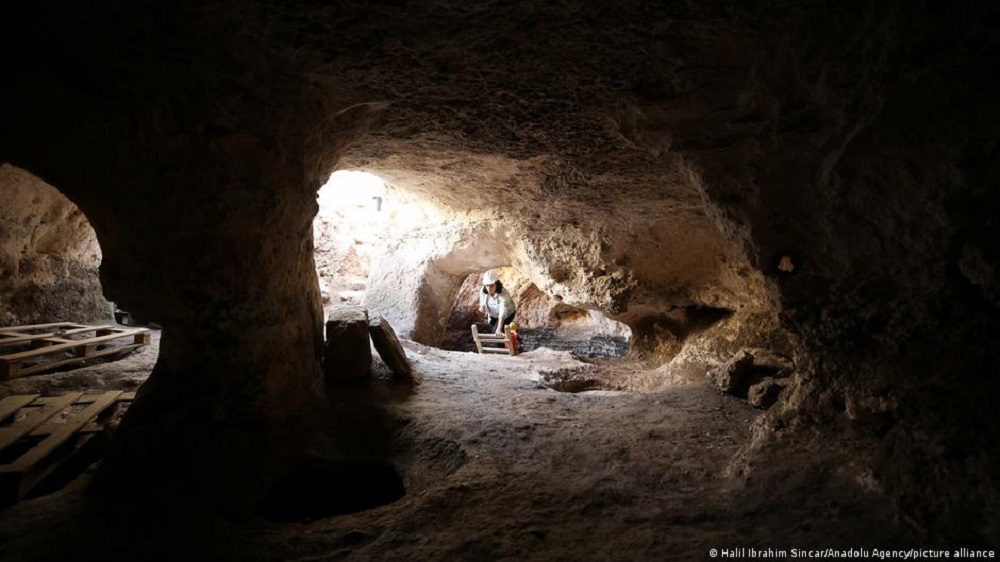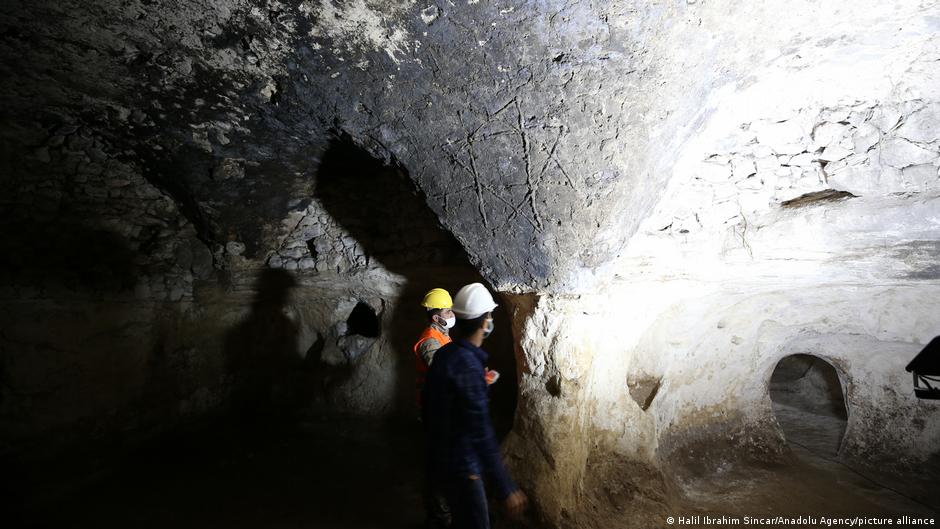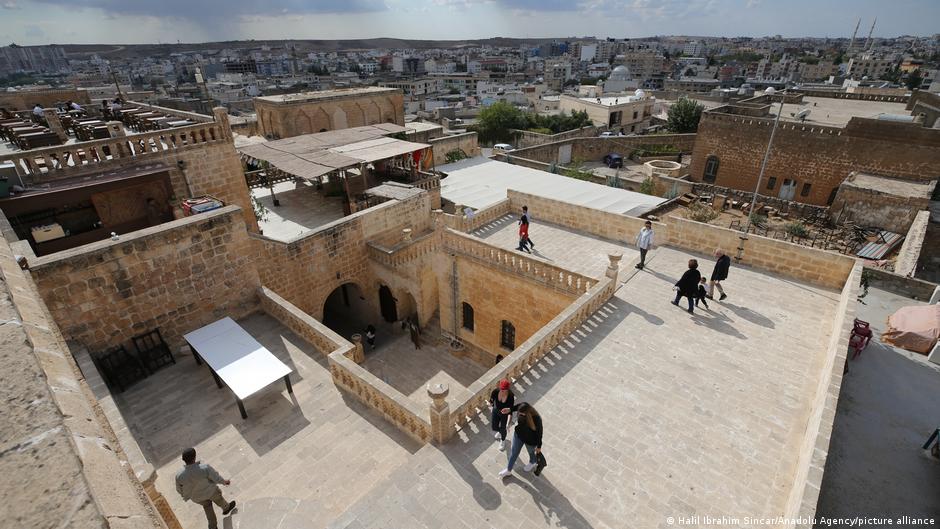Turkish archaeologists discover subterranean city of Matiate

The pictures are impressive, but the story is even more so: the underground city is said to have been in use for 1900 years, at times housing around 60,000 to 70,000 people – presumably early Christians, who often hid in caves to escape persecution by the Romans.
But let's begin at the beginning. It all started two years ago with a cleaning project to preserve the historic streets and houses in the old town of Midyat in the southeast of the Turkish province of Mardin. The old town was cleaned and restored. This led to an archaeological discovery that was as accidental as it was spectacular: a cave opened up that turned out to be an underground city with a gigantic network of corridors, writes "Daily Sabah", the largest English-language daily newspaper in Turkey. Excavation works to uncover the subterranean city began immediately.
A massive ancient underground city was discovered in the town of Midyat, in Türkiye’s Mardin province, which experts believe could potentially be the largest in the world pic.twitter.com/0v5uDd5vv9
— TRT World (@trtworld) April 20, 2022
The archaeologists found places of worship, silos, water wells and corridors, as well as numerous artefacts from the second and third centuries AD. The underground city was named "Matiate" after the ancient Assyrian name of the city of Midyat near the Syrian border.
"Matiate was used continuously for 1900 years," explains director of the Mardin Museum and excavation director Gani Tarkan. "It was first built as a place of hiding or refuge."

The underground city was probably built as a refuge by Christians who wanted to escape persecution by Rome in the 2nd century, Tarkan explains. "We estimate that at least 60-70,000 people lived there underground." A considerable number: these days, a town with 100,000 inhabitants is considered a city.
But the work in Matiate is far from complete; so far, just three percent has been excavated, he said. Now work is to be extended across the entire district. Midyat is already considered a tourist magnet, being something of an open-air museum. Its stone houses, inns, mosques, churches and monasteries, which are thousands of years old, are a unique tourist attraction. It is expected the number of visitors will increase significantly once the underground city is revealed in all its glory.
Countless underground cities
Tarkan pointed out that many similar troglodyte settlements have been found in Anatolia, but the underground city of Midyat is once again unique – worldwide – because of its dimensions.
Derinkuyu in Cappadocia in the Turkish province of Nevsehir is another famous example. Back in 1963, it too was a chance discovery. Since then, eight floors have been excavated, amounting to 2,500 square metres of underground space.
The site has been open to the public since 1965; the deepest accessible point to date is 55 metres below the surface. However, it is estimated that only a quarter of the original site has been uncovered. Derinkuyu has been a UNESCO World Heritage Site since 1986.

Also open to the public
Another site on a nearby hill will soon open to the public as well: in the central Turkish city of Nevsehir, an ancient settlement carved into the rock, called Kayasehir, has been undergoing cleaning since 2015.
Again, the historic discovery was found by chance during an urban transformation project initiated by the local housing administration in 2014. A 186-metre tunnel will lead tourists through the early artefact.
Mayor of Nevsehir Mehmet Savran told Anadolu Agency (AA) that Kayasehir is a site that demonstrates signs of occupation from the sixth century to the present day. It too could soon become a major tourist destination, he added.
186 metre uzunluğunda tünel,galeriler ve daha pek çok yer altı yapısı...
6. Yüzyıldan günümüze kadar sürekli yaşam izlerinin bulunduğu yer olan Kayaşehir’in altında gizemli bir dünya sizi bekliyor. #Kayaşehir #salı pic.twitter.com/XVWeMVpwd1— Nevşehir Belediyesi (@nevsehir_bel) April 12, 2022
"Kayasehir goes on getting bigger. It will take time to discover all of it. Some sections and tunnels have yet to be opened, but we know they exist. The newly opened tunnel will also be navigable for vehicles. Unusually, Kayasehir is an underground city that can be entered from the side of the hill," adds Savran.
Archaeologist Semih Istanbulluoglu, who is overseeing excavations in the area, said Kayasehir differs from other underground cities in the region. "We call it the 'city of fairy chimneys'. There are places with almost a thousand rooms inside, which open out horizontally across the hillside when you enter. Other underground cities burrow downwards, but this settlement was based on a different concept," says Istanbulluoglu.
Hannah Fuchs
© Deutsche Welle / Qantara.de 2022
You may also like:
Historical photographs of Iran: Into the heart of Shia
Anthropologist Dieter Haller: Tangiers – end of a cosmopolitan era